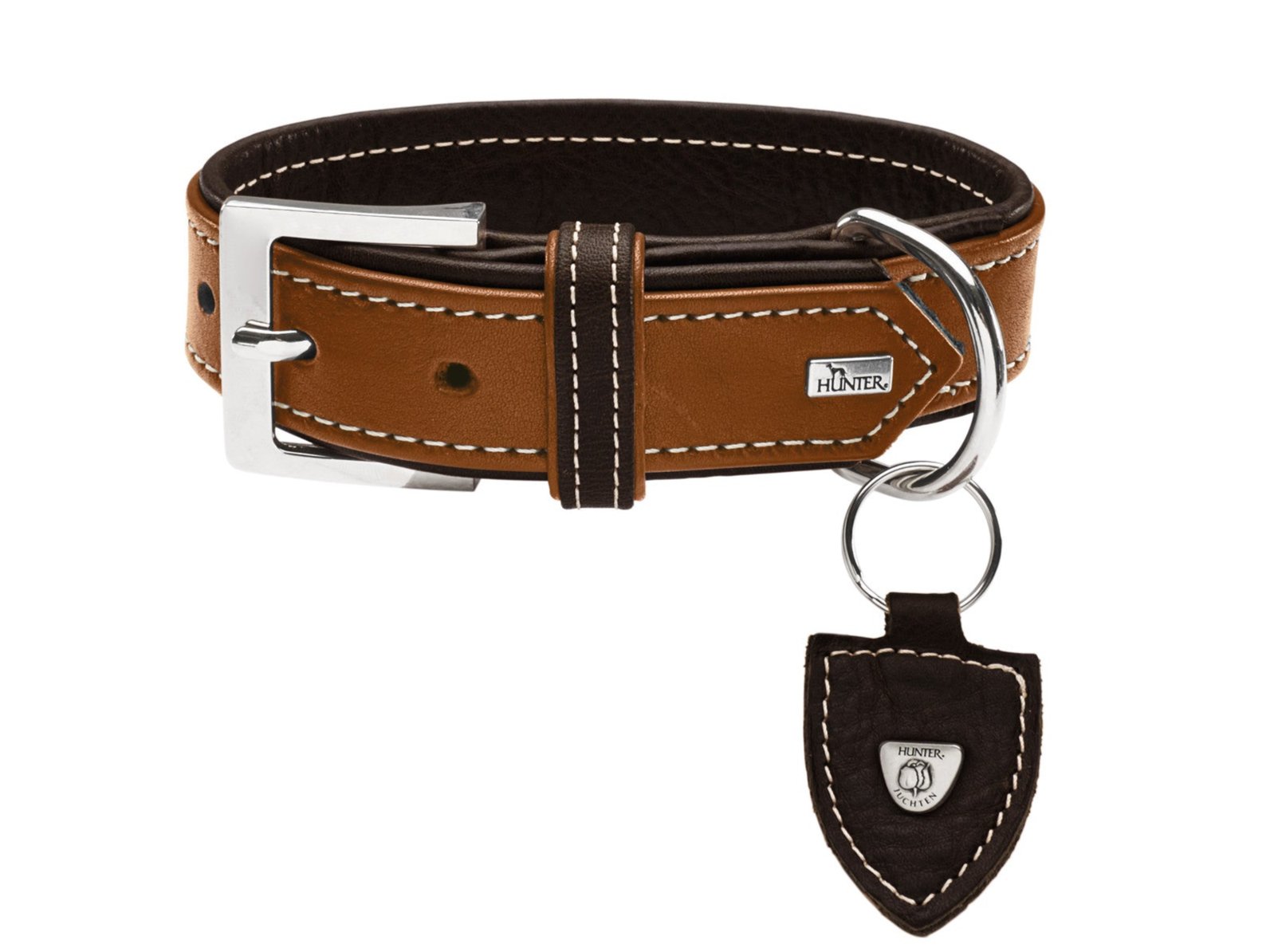Decoding Dog Speak: Understanding Canine Body Language
Dogs are masters of communication, using a combination of vocalizations, body movements, and facial expressions to express their feelings and intentions. By learning to interpret their body language, pet owners can gain valuable insights into their dogs' emotions and behaviors, strengthening the bond between human and canine companions. In this blog post, we'll delve into the nuances of canine body language, exploring key cues such as tail wagging, ear positioning, and facial expressions, to help readers better understand and connect with their furry friends.
-
Tail Wagging: While tail wagging is often associated with happiness and excitement, its meaning can vary depending on the context and speed of the wag. A broad, high wag accompanied by a relaxed body typically indicates a friendly and positive disposition. However, a stiff or low wag may signal uncertainty, anxiety, or even aggression. Pay attention to the speed, height, and direction of your dog's tail wag to gauge their emotional state accurately.
-
Ear Positioning: A dog's ears can convey a wealth of information about their mood and intentions. Erect ears pointed forward suggest attentiveness and alertness, while flattened ears pressed back against the head may indicate fear, submission, or discomfort. One ear slightly raised or tilted to the side can signal curiosity or uncertainty. Observing your dog's ear movements can provide valuable insights into their emotional state and level of arousal.
-
Facial Expressions: Like humans, dogs use facial expressions to convey a range of emotions, from joy and contentment to fear and aggression. A relaxed mouth with slightly open lips and a relaxed tongue typically indicates a calm and happy demeanor. Conversely, a tense mouth with lips pulled back and bared teeth may signal aggression or discomfort. Watch for subtle changes in facial muscle tension, eye contact, and mouth movements to interpret your dog's emotional cues accurately.
-
Body Posture: A dog's body posture can reveal a lot about their confidence, dominance, and overall emotional state. A relaxed and loose body posture with a wagging tail suggests a friendly and approachable demeanor. Conversely, a stiff, tense body with raised hackles and a fixed stare may indicate aggression or defensiveness. Pay attention to your dog's overall posture, including their stance, tail carriage, and muscle tension, to understand their feelings and intentions.
-
Context and Environment: It's essential to consider the context and environment when interpreting your dog's body language. For example, a dog may exhibit different behaviors and expressions when meeting a new person, encountering a novel object, or interacting with other dogs. Pay attention to your dog's surroundings and any potential triggers or stressors that may influence their behavior.
Understanding canine body language is a valuable skill for pet owners, enabling them to better communicate with and care for their furry companions. By observing subtle cues such as tail wagging, ear positioning, facial expressions, and body posture, pet owners can gain insights into their dog's feelings, needs, and behaviors, fostering a deeper bond and mutual understanding. Remember to approach interactions with empathy, patience, and respect for your dog's individual personality and preferences. Happy communicating with your canine companion!









Leave a comment